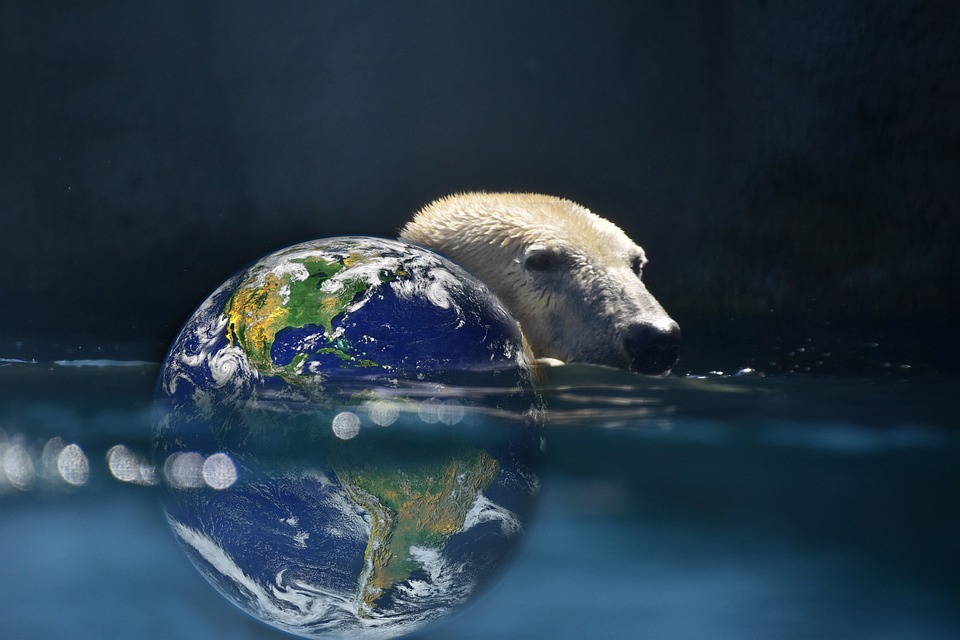Does Global Warming Make Winter Colder? Understanding the Paradox of Extreme Winter Weather
Global warming, characterized by the gradual increase in Earth’s average temperature due to greenhouse gas emissions, presents a paradox where some regions experience colder or more extreme winters despite the overall trend of rising temperatures. Understanding this phenomenon is crucial as it highlights the complex interactions within our climate system.
The Basics of Global Warming and Climate Change
Greenhouse gases, such as carbon dioxide and methane, trap heat in the atmosphere, leading to a warmer climate. However, it is essential to distinguish between climate—the long-term average of weather patterns over decades—and weather, which refers to short-term atmospheric conditions. Global warming affects both by altering seasonal patterns and intensifying weather extremes.
How Global Warming Can Cause Colder Winters
One significant factor contributing to colder winters is the disruption of jet streams and polar vortexes due to Arctic warming. As the Arctic warms—at a rate three to four times faster than the global average—the temperature differential between the Arctic and mid-latitudes decreases. This weakening of the polar vortex can allow frigid Arctic air to plunge southward into regions that typically experience milder winters.
Recent studies have shown that warmer Arctic conditions are linked to increased occurrences of cold-air outbreaks and heavy snowfall across North America and northern Eurasia[1][2]. For instance, during periods when the Arctic atmosphere is significantly warmer than usual, extreme winter weather becomes more likely in these regions.
The Role of the Jet Stream in Winter Weather
The jet stream acts as a boundary separating cold polar air from warmer southern air. When the Arctic warms, it weakens this jet stream, causing it to become more wavy. This waviness allows cold air masses to move further south than they normally would, leading to prolonged periods of extreme cold in various parts of North America, Europe, and Asia[3][4].
Comparison of Jet Stream Behavior
| Condition | Jet Stream Behavior | Weather Outcome |
|————————|————————————————–|——————————————|
| Strong Polar Vortex | Stable and fast-moving | Cold air contained in polar regions |
| Weakened Polar Vortex | Wavier and slower-moving | Cold air can plunge southward |
Extreme Winter Events and Climate Change
Notable cold snaps and winter storms have been increasingly linked to climate change. Events like the Texas cold spell in February 2021 exemplify how rapid Arctic warming can lead to severe winter conditions far from typical cold zones[1]. These unusual weather patterns can disrupt infrastructure and energy systems, raising public awareness about climate change’s tangible impacts.
Is This the New Normal?
Climate models predict that as global temperatures continue to rise, we will see increased volatility in seasonal weather patterns. This means that while overall winters may become milder over time, extreme winter events are likely to become more frequent due to ongoing warming trends. The complexity of these interactions suggests that communities must prepare for a future with unpredictable winter conditions[2][6].
FAQs
– Why does global warming lead to colder winter events in some areas?
Global warming disrupts atmospheric patterns like the polar vortex and jet stream, allowing colder Arctic air to move southward.
– What is the polar vortex, and how does it impact winter weather?
The polar vortex is a band of winds that contains cold air over the Arctic. When disrupted, it can send frigid air into lower latitudes.
– Are extreme winter storms proof that global warming isn’t happening?
No, extreme winter storms can occur alongside global warming due to altered atmospheric dynamics.
– How is Arctic warming connected to weather in other parts of the world?
Warming in the Arctic affects global weather patterns by weakening jet streams, which can lead to unusual weather events far from the poles.
– Can we expect more extreme winter events in the future?
Yes, climate models suggest that while average temperatures may rise, extreme winter events will likely increase due to changing atmospheric conditions.
– How should communities prepare for more volatile winter weather patterns?
Communities should invest in resilient infrastructure and emergency preparedness plans to handle potential disruptions caused by severe winter weather.
Conclusion
In summary, global warming paradoxically leads to colder and more extreme winter events in certain regions due to complex interactions between atmospheric dynamics and temperature changes. Understanding these effects is vital for adapting to future climate scenarios and mitigating risks associated with extreme weather events. Continued climate action is essential for addressing these challenges effectively.

Kyle Whyte is a notable scholar and professor at the University of Michigan, holding positions such as the George Willis Pack Professor in the School for Environment and Sustainability and Professor of Philosophy. Specializing in environmental justice, his work critically examines climate policy and Indigenous peoples’ ethics, emphasizing the nexus between cooperative scientific endeavors and Indigenous justice. As an enrolled Citizen Potawatomi Nation member, he brings a vital perspective to his roles as a U.S. Science Envoy and member of the White House Environmental Justice Advisory Council. His influential research is supported by various prestigious organizations including the National Science Foundation, and disseminated through publications in high-impact journals. Kyle actively contributes to global Indigenous research methodologies and education, with affiliations to numerous institutes and societies dedicated to traditional knowledge and sustainability. Recognized for his academic and community engagement, Kyle has earned multiple awards and served in various visiting professorships. His efforts extend to leadership positions on boards and committees focused on environmental justice nationwide.
